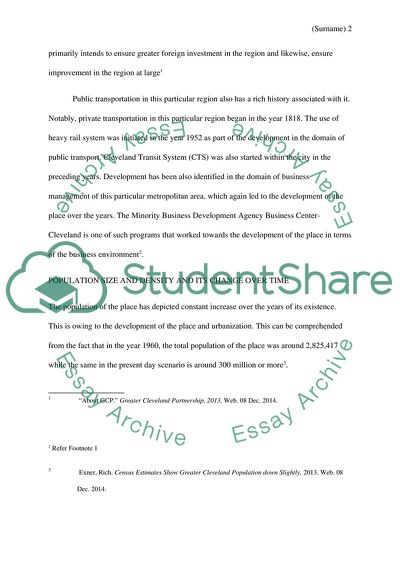Urban economics paper Research Example | Topics and Well Written Essays - 1250 words. https://studentshare.org/macro-microeconomics/1852787-urban-economics-paper
Urban Economics Paper Research Example | Topics and Well Written Essays - 1250 Words. https://studentshare.org/macro-microeconomics/1852787-urban-economics-paper.


